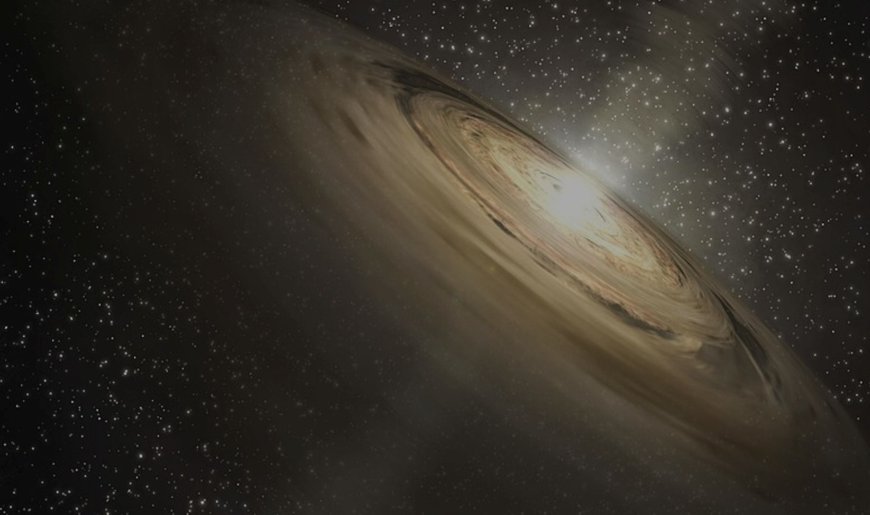Astronomers Observe Birthplaces of New Solar Systems
Astronomers have recently witnessed the formation of new solar systems around young stars DG Tau and HL Tau. These systems are taking shape as tiny pebbles gather in pancake-like clouds known as protoplanetary discs, eventually forming massive worlds over millions of years. This discovery sheds light on the early stages of planet formation and provides insights into how our own solar system came to be.

Astronomers have observed tiny grains gathering in vast pancake-like clouds called protoplanetary discs around young stars DG Tau and HL Tau, located approximately 450 light-years away. These pebbles are nature’s building blocks, slowly clumping into massive worlds over millions of years, similar to how Jupiter, Saturn, and Earth formed billions of years ago.
Using the e-MERLIN telescope network, scientists have mapped out the disc of DG Tau, revealing pebble-sized clumps that are potential ingredients for forming planets. Stellar winds play a role in shaping these planet-building pebbles, providing insights into the early stages of planet formation.
Astronomers are conducting a cosmic detective mission called PEBBLeS to search for rocky belts around young stars, aiming to understand the process of planet formation. By imaging dusty zones using e-MERLIN, they hope to uncover how and where planets form around stars like our sun.
Observations have shown that solid material accumulates in the protoplanetary discs, offering clues about the initial phases of planet formation. These dusty discs are considered early blueprints for solar systems that could be larger than our own.
In the future, the Square Kilometre Array (SKA) will enhance these studies, providing greater sensitivity and scale to unveil thousands of discs across the galaxy and study hundreds of planetary systems starting in 2031.
According to the source: Tech Explorist.
What's Your Reaction?
 Like
0
Like
0
 Dislike
0
Dislike
0
 Love
0
Love
0
 Funny
0
Funny
0
 Angry
0
Angry
0
 Sad
0
Sad
0
 Wow
0
Wow
0






















































































































































































